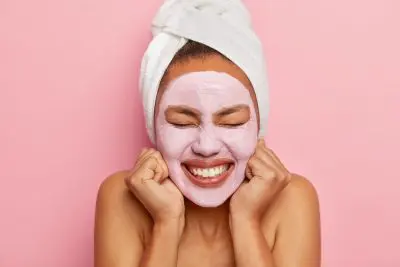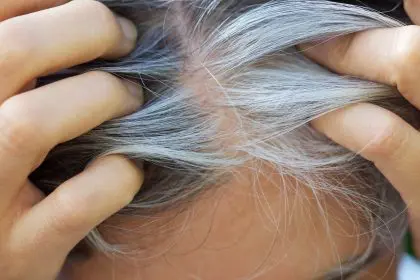The rising costs of professional skincare treatments have led many to seek effective alternatives at home. Dermatologists and estheticians confirm that with proper technique and carefully chosen products regular at-home facials can deliver impressive results. Understanding the science behind each step helps create an experience that rivals professional treatments.
Understanding skin preparation
The foundation of any effective facial begins with proper preparation. Professional estheticians emphasize the importance of starting with completely clean skin to maximize the benefits of subsequent treatments.
The double cleansing method originated in Asian skincare routines proves particularly effective. Begin with an oil-based cleanser which breaks down makeup sunscreen and excess sebum without stripping the skin. Follow with a water-based cleanser tailored to your skin type removing any remaining impurities and preparing the skin for treatment.
Proper cleansing temperature matters significantly. Lukewarm water proves most effective as hot water can strip natural oils while cold water may not effectively remove impurities. Patting rather than rubbing the skin dry maintains skin barrier integrity.
Mastering exfoliation techniques
Effective exfoliation requires understanding your skin’s specific needs. Chemical exfoliants containing alpha-hydroxy acids or beta-hydroxy acids work by dissolving the bonds between dead skin cells. These prove particularly effective for addressing texture concerns and unclogging pores.
Physical exfoliants require careful selection and technique. Choose products with round uniform particles avoiding irregular shapes that may cause micro-tears. Gentle circular motions prove most effective spending no more than thirty seconds on each area of the face.
For sensitive skin types enzyme exfoliants derived from fruits offer a gentler alternative. These natural compounds effectively remove dead skin cells without physical manipulation reducing the risk of irritation.
Maximizing mask benefits
Face masks serve different purposes depending on their ingredients and formulation. Clay-based masks excel at absorbing excess oil and drawing out impurities making them ideal for congested skin. Hydrating masks containing ingredients like hyaluronic acid and glycerin replenish moisture levels.
Application technique significantly impacts mask effectiveness. Using clean fingers or a facial brush spread an even layer avoiding the delicate eye area. Temperature affects mask performance with slightly warm skin allowing better product penetration.
Professional steaming methods
Facial steaming requires proper technique to maximize benefits while avoiding potential harm. Professional grade steamers maintain consistent temperature and particle size but at-home methods can prove effective when done correctly.
Create a professional steam experience by heating purified water adding beneficial herbs like chamomile or lavender. Maintain a safe distance of at least twelve inches from the steam source limiting sessions to no more than ten minutes to prevent overheating.
Advanced tool techniques
Facial tools enhance product absorption and stimulate circulation when used correctly. Jade or rose quartz rollers should be used with gentle upward strokes always moving from the center of the face outward. Store tools in the refrigerator between uses to maximize their cooling benefits.
Gua sha tools require specific techniques for optimal results. Use light pressure maintaining a forty-five-degree angle between the tool and skin. Follow lymphatic drainage patterns to reduce puffiness and enhance circulation.
Strategic serum application
Proper serum layering maximizes the effectiveness of active ingredients. Begin with water-based serums followed by oil-based formulations allowing each layer to absorb fully before applying the next. Pay particular attention to application order when using multiple active ingredients.
Consider the timing of different active ingredients. Vitamin C proves most effective when used during morning routines while retinoids work best at night. Understanding these timing considerations enhances overall treatment effectiveness.
Advanced moisturizing techniques
The final stage requires careful consideration of both product selection and application technique. Look for moisturizers containing a combination of humectants emollients and occlusives to address different aspects of hydration.
Facial massage during moisturizer application enhances product absorption while stimulating lymphatic drainage. Use gentle upward strokes focusing on areas prone to tension such as the jaw and temples. This final step seals in previous treatments while providing additional benefits through massage.
Safety considerations
Understanding contraindications proves crucial for safe at-home treatments. Certain skin conditions require professional evaluation before beginning home care routines. Active breakouts severe sensitivity or diagnosed skin conditions may require modification of standard protocols.
Weather and environmental factors influence treatment choices. High humidity levels may require lighter products while dry conditions necessitate additional hydration steps. Consider these external factors when planning treatment timing and product selection.
Professional treatments complement rather than replace consistent home care. Regular at-home facials maintain results between professional visits while addressing daily skin concerns. This comprehensive approach provides optimal results while remaining cost-effective.















